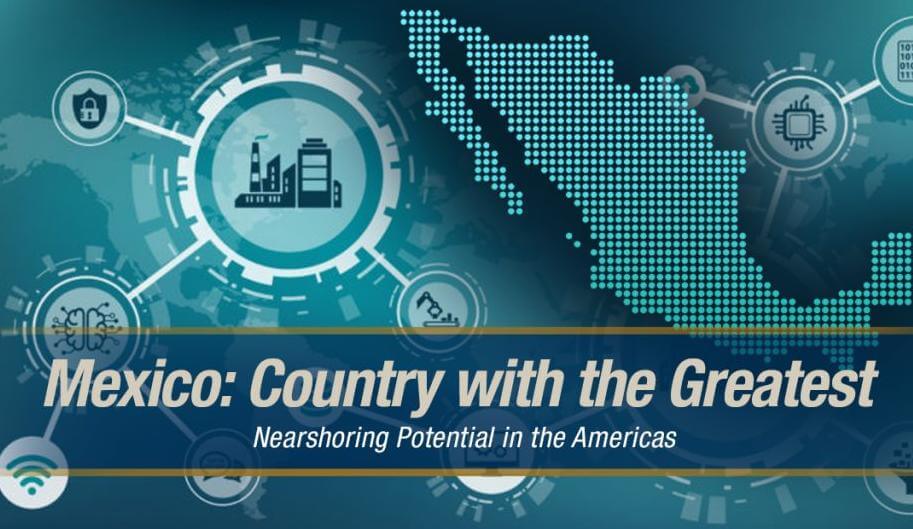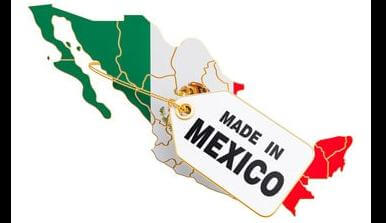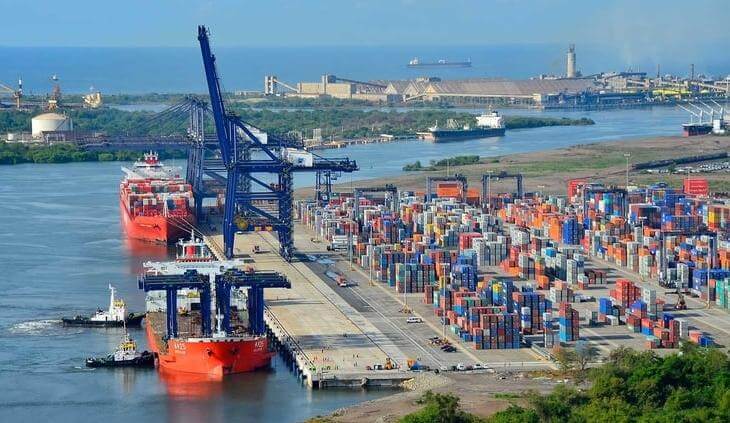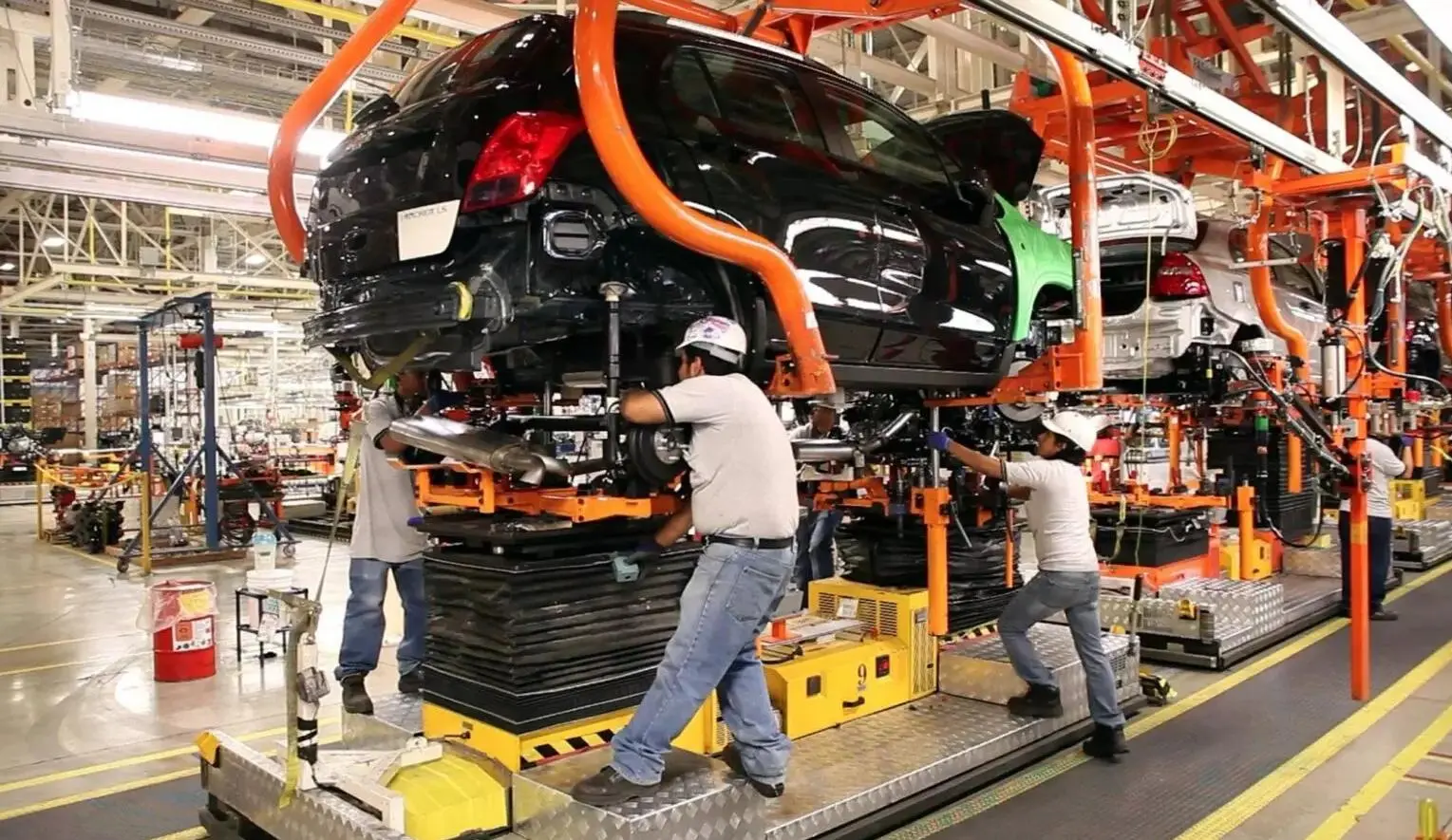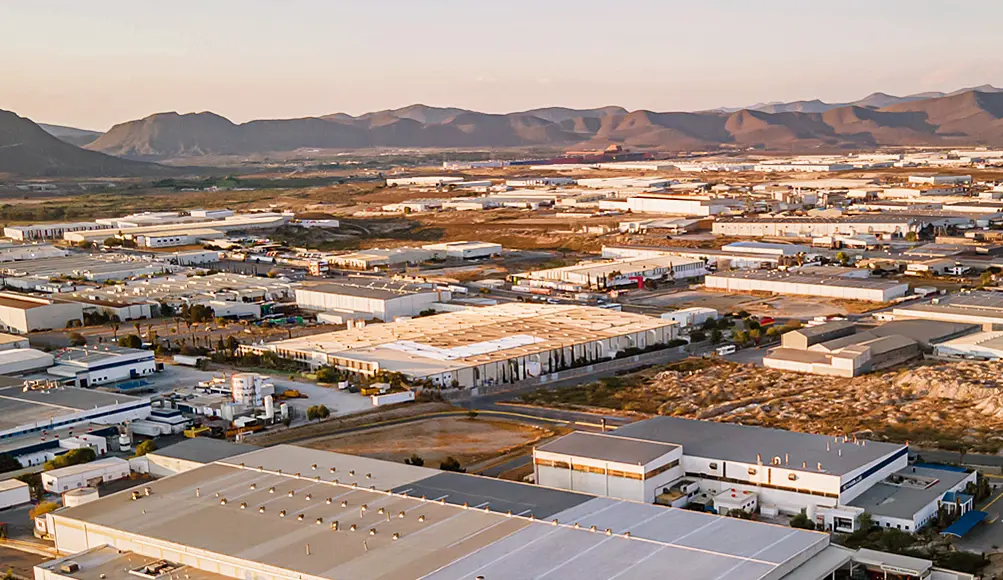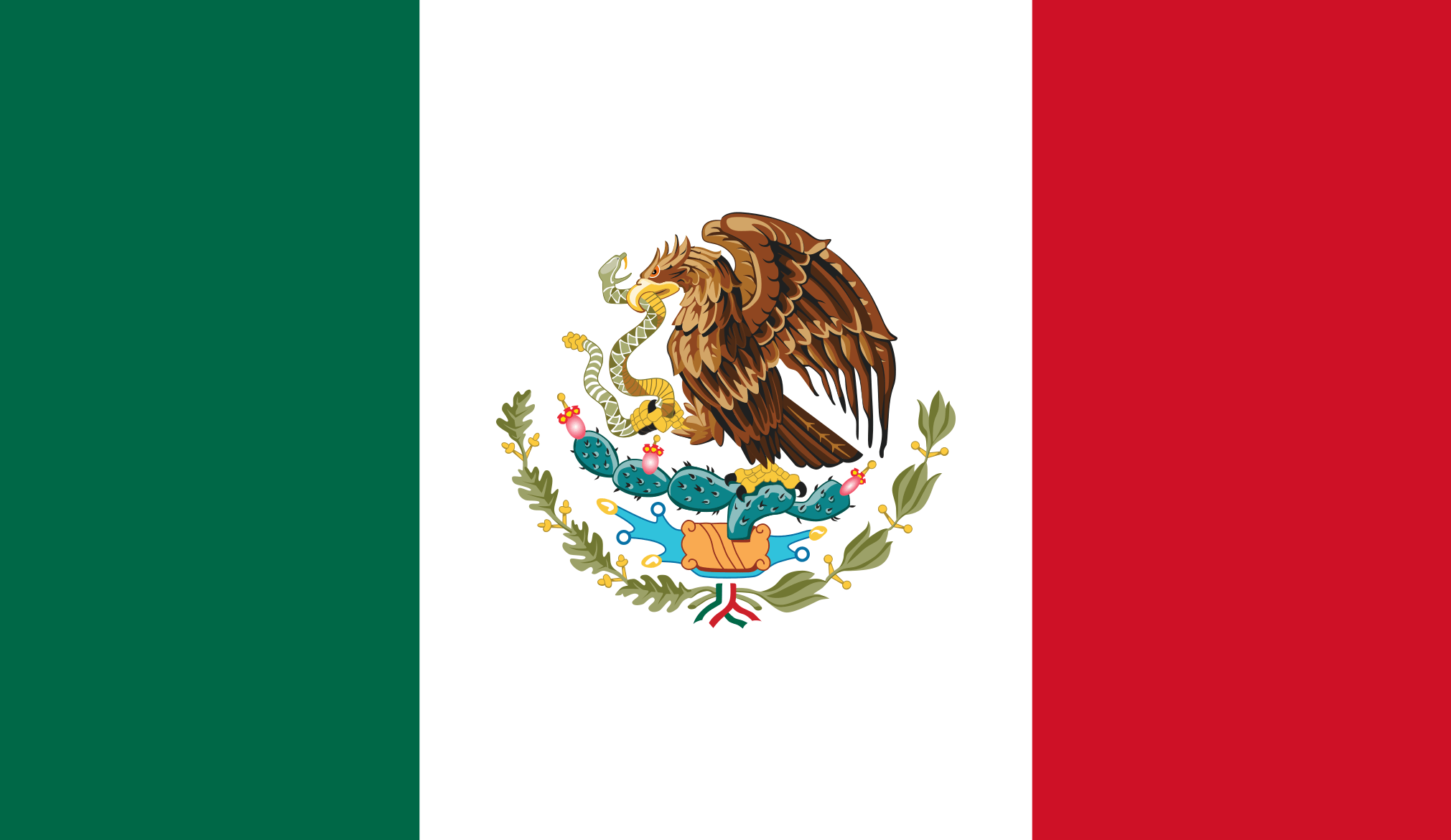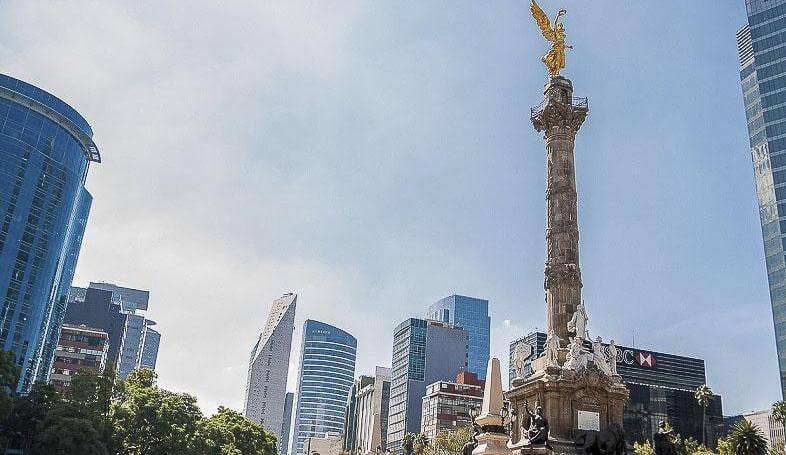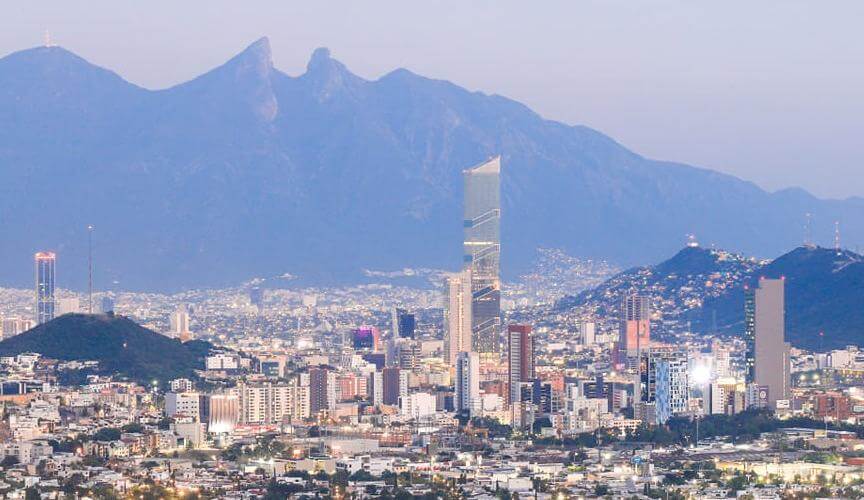Global trade has undergone massive shifts during the past four years, first with the US imposing tariffs on China during the Trump administration, then COVID wreaking havoc on supply chains globally, but especially those with exposure to China, and most recently with the war in Ukraine. The great decoupling of the US and Chinese economies may be overly hyped but its implications are significant for companies with relevant parts of their supply chain in China. Nearshore Mexico Sourcing predicts that trade will continue to decline between the US and China through 2030. There will likely be many beneficiaries of this decoupling from Vietnam and Taiwan in nearby Southeast Asia to Romania in Eastern Europe, and, of course, to Mexico and Canada, given the recently renegotiated free trade agreement. Companies across industries are having to make tough decisions about where to shift their supply chain – and at what cost – to adjust to these new realities.
We have supported clients in determining asset footprint decisions given recent supply chain upheavals. Although most discussions focus on production, too often, the underlying supplier base is overlooked; companies have added landed manufacturing to Mexico but are still importing significant raw materials and finished goods because they didn’t plan a similar supplier transition. We believe all companies with manufacturing in Mexico must do a strategic rethink of their supplier base by answering the three questions below:
1. What is the cost/benefit analysis of nearshoring supply?
The Mexican market continues to be an attractive place to do business given labor costs. Although manufacturing wages depend dramatically on which cities a facility is located in, our estimate is that the fully-loaded cost for Mexican workers in northern border states is US$4.90 per hour, where their Chinese counterparts earn US$5.70 per hour.
Nearshoring also improves assurance of on-hand products and allows producers to remain agile to respond to ever-changing demand scenarios. To avoid halting production, manufacturers have air freighted large quantities of “low value” materials; the price of flying a kilo from Shanghai to North America is about US$8, more than two times the pre-pandemic price. With supply localized, additional costs and logistical headaches can be minimized. Additionally, maintaining supply closer to manufacturing allows for shorter lead-times, which can support an enhanced innovation agenda.
Finally, there is a risk mitigation benefit related to minimizing exposure to “black swan” events. Operating in geopolitically risky environments has a cost. Companies have had to abandon Russian operations and take multibillion-dollar losses. With jitters rising between Taiwan and China, the risk of a geopolitical event that impacts Chinese suppliers is nonzero. Localized supply to support localized production – even if at a higher cost – can also have a psychological benefit: peace of mind.
However, the other side of the equation is the potential change in costs related to shifting or adapting the supply chain. Significant analysis is required to understand the difference in total cost of ownership (TCO) between China and Mexico as this varies by supplier type and industry.
The process to calculate TCO requires a knowledge of ex-work prices in China and Mexico, freight costs, increases in on-hand inventory cash costs, and any applicable tariffs that could be waived. In Nearshore Mexico Sourcing recent experience working with different manufacturers in Mexico, for basic electronic components where China has a significant scale, we estimate about a 5 percent-plus difference in cost in Mexico versus China. However, this 5 percent difference (typically only 1-2 percent at a finished goods level) must be compared against the benefits previously mentioned.
2. Once the decision to bring supply local has been taken, how can companies support their supplier base?
There is an initial decision that must be made between finding a supplier or supporting the set-up of a new supplier. Regardless, suppliers’ local operations will have to be vetted for quality, price, and compliance, which can be a lengthy and costly process.
On location, there is a trade-off between developing supply closer to manufacturing facilities versus finding a supplier in a manufacturing cluster where there are multiple suppliers that can be brought into the fold. However, in Nearshore Mexico Sourcing experience, road freight that doesn’t follow a typical transport path (from Monterrey to the US border, for example) can cost almost as much (on a per unit basis) as shipping something from Eastern China to a western Mexican port, such as Manzanillo; location remains pivotal.
After location support has been provided, there is an opportunity to connect suppliers with local and state governments. Projects that meet certain thresholds in terms of job creation and/or alignment with priority industries can receive incentives. Although not straightforward, the opportunity to receive fiscal and non-monetary benefits must be explored.
3. If it’s not feasible to attract a significant number of suppliers locally in the short-term, what are potential shortcuts to smooth the transition?
Finding local suppliers that conform with required quality, price, and compliance standards is typically a 12–24-month process, which can be even longer when helping Chinese suppliers set up in Mexico.
Contract manufacturers (CMs) provide significant flexibility in production at a quality that typically meets or exceeds previous China-based suppliers. Across Mexico, global contract manufacturers are present but also 20-plus regional players specializing in a variety of industries.
However, companies must consider when to use a CM and in what capacity. A company must decide what degree of control it’s willing to outsource: procurement and manufacturing or including design and engineering. Given that CMs are looking to support higher-value activities, it is critical to align interests. Geographic presence is another consideration: large, global CMs can provide coverage in geographies where nearshoring may also be occurring (such as Southeast Asia, Eastern Europe) and can support a seamless rebalancing of the supply chain globally. Finally, companies must determine via top-to-top conversations if capacity exists in Mexico for the type of product they’re looking to supply. From a recent survey of the Mexican operations of global CMs, many are at or near capacity for the next two to three years.
Given CM capacity constraints in specific geographies in Mexico, companies must be bolder in the near term to make nearshoring happen. Some CMs are looking for partners to grow their footprint in Mexico and are even considering co-investing to speed up the transition and align incentives. Finding creative ways to smooth the supply chain transition from China to Mexico should be an executive-level priority.
The time to act is now
The decoupling of supply chains from China is ongoing and will continue as companies seek to be closer to end customers and reduce risks. Decoupling will create pressure on companies to diversify their footprint and their supply chains. The strategic and cost ramifications of shifting production and suppliers to Mexico (or other countries) must be diligently calculated. Although not a decision to be made lightly, nearshoring unlocks numerous opportunities for firms that may be at risk of further supply chain complications.


